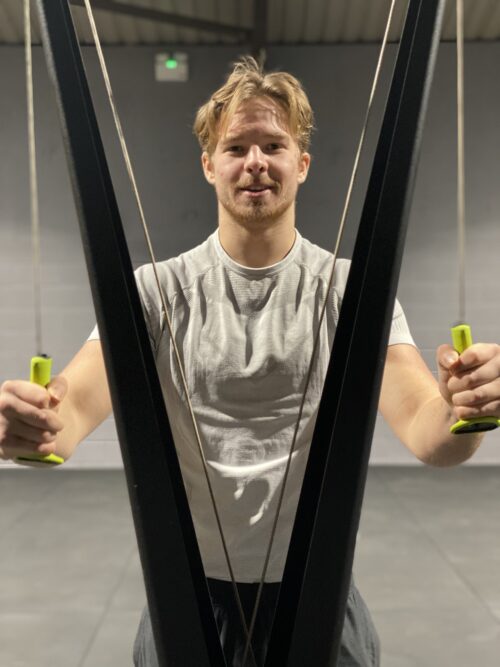NK Fitness we’ve always had a passion for the fitness of young athletes. Instilling good habits early on in life can help young sports performers achieve their potential. Over the last couple of decades models of Long Term Athlete Development have become popular. Made popular by former Eastern bloc coaches LTAD models provide a conceptual framework for structuring youth training as young people go through different stages of maturation and performance level. Many sports have adopted these models in guidelines for the development of their youth athletes. However, there are several flaws when trying to implement them.
LTAD as a concept for developing fitness of young athletes
Models of LTAD seem to based heavily upon the experience of coaches from the former Eastern bloc. In short, they suggest phases of progression that young athletes should pass through, linked to maturity, as they move from young beginner to elite adult. Furthermore, they suggest periods where young people may be receptive to specific types of training. For example, they suggest periods of heightened sensitivity to speed training close to the athletes growth spurt. However, evidence to support these periods is lacking. The common sense of LTAD models is powerful. However, implemetation is more challenging.
LTAD in Practice for developing fitness of young athletes
There is very little evidence supporting the implementation of specific training within models of LTAD. These models are steeped in practice based evidence rather than evidence based practice. As a concept the progression from simple to more advanced aspects of conditioning is a no brainer. Accounting for changes in readiness and performance when the growth spurt happens also makes sense. Models of LTAD also account for the psychological and emotional development of the young athlete which is good.
However, past these conceptual principles, they can be limited in helping build programmes for the fitness of young athletes. There is very little evidence to suggest what types of training are most appropriate to take advantage of so called sensitive periods of training. There is also very little evidence to state whether missing these periods compromises the potential of the athlete in later life. With so much conflicting evidence, or a lack of altogether, common sense must prevail.
In conclusion …
When developing the fitness of young athletes continues to be important to consider them as an individual. Training experience, emotional intelligence, mental resilience, coachability and maturity will all be unique to the young person. In the meantime, coach what you see.
